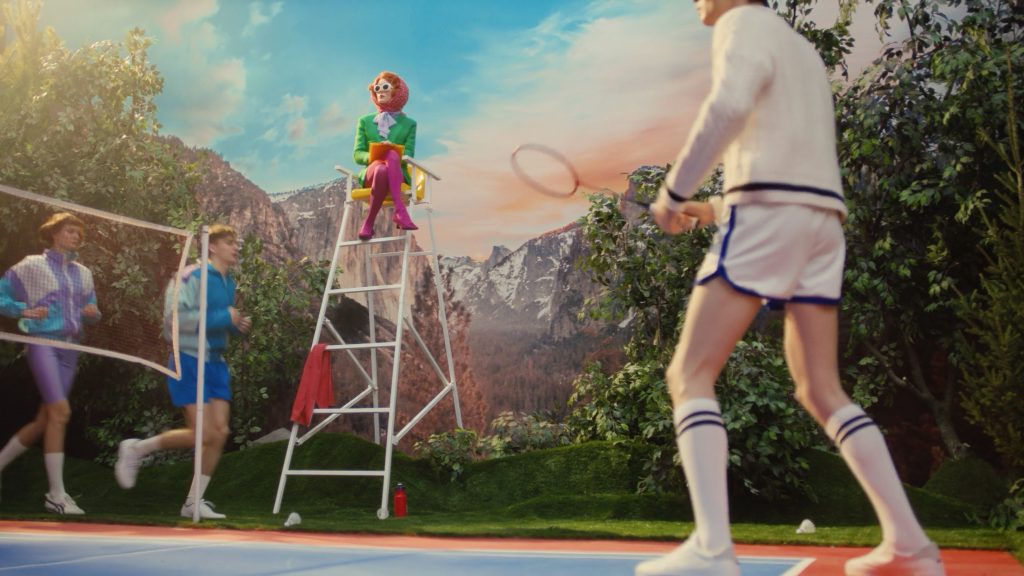
From The Nightmare Before Christmas to Sweeney Todd, his films have encouraged those who have felt like outcasts to embrace their misfit status, weirdness and flaws. Whether you have scars, skin so pale you look dead or you just enjoy a spot of taxidermy, Tim Burton has taught us to take pride in who we are, whatever we look like and wear. Because we all know the real monsters are the ones lurking the suburbs, wearing identical clothes and doing everything the society tells you you must do. Burton’s own aesthetic reflects German Expressionism more than any other style. Expressionism began as a modern art movement and quickly expanded to influence art across Europe in the 1920s. Drawing upon what was then the still-new field of psychotherapy, Expressionist film became a cinematic medium in which the overall scenic and production design produced a feeling of dreamlike unreality and psychological tension for the viewer. The traits of Expressionism have become incorporated so successfully into certain modes of storytelling within art, cinema, and animation that the casual viewer might not realize these features all have a distinct origin point. Altogether, Burton’s vision and style in particular, the pieces of which describe a very specific world, where skin is white, hair is black, and lips are blood-red (except when they are darker, as if the blood has dried). It is a world as sweet as it is sinister, as funny and irreverent as it is baroque. It is a world dreamt up by an artist alienated by southern Californian suburban mundanity, who endlessly found refuge in his own eerie, beautiful imagination, where worlds and landscapes are populated by characters that communicate as much with their looks as with their words. It is, in other words, a world that has also been the subject of many designers’ fantasies: a world of aesthetic completeness. “I was this teenage goth,” Kate Young, the celebrity stylist with the shocking white hair, once said, “and then I saw Beetlejuice, and it was like goth could be glamorous. It was one of the most inspiring things to happen to me when I was a kid.” Similarly, says Kate Mulleavy of Rodarte, Burton’s character Lydia, played by Winona Ryder in Edward Scissorhands, “has been the most influential of anyone on [Rodarte’s] style.” She is there in the house’s ethereal, romantic cobweb knits, and in the dramatic proportions as well. Proportion is everything to a designer, after all, and it is everything to Burton as well: giant heads on pin-thin bodies and great round faces and eyes populate all his films, and his drawings. Meanwhile, the jewelry designer Waris Ahluwalia, who wears what he considers Burton-esque pave diamond tear drop brooches in his lapel, says “to me, the most beautiful thing is darkness – Paris-in-the-rain darkness – and that is Tim Burton.” But it is Burton’s ability to imagine complete tableaux that appeals to Grace Coddington, the legendary Vogue stylist of a bygone era, who could be a Burton heroine herself with her flaming red hair and love of a shroud-like dress. “He’s magical and funny and he paints a fantasy that is very complete,” Coddington says. “You really have to jump into his work with both feet.”
Story by Jen Ruane.

